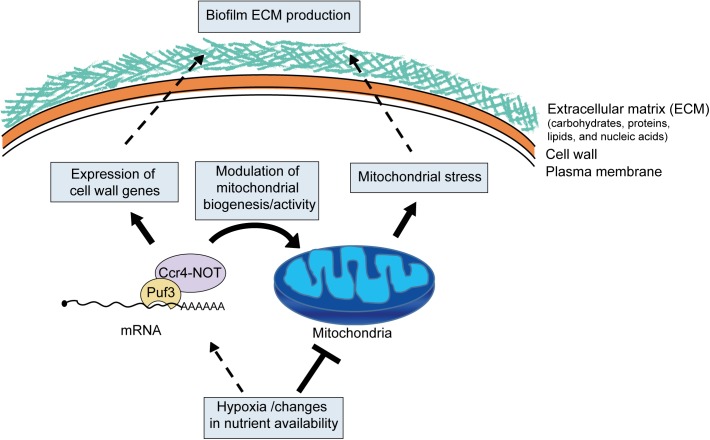Fig 9. Model for the role of posttranscriptional gene regulation and mitochondrial activity in biofilm matrix production and stress protection.
As the biofilms mature, environmental changes, such as hypoxia and nutrients, lead to lowering of mitochondrial activity. Lower mitochondrial activity might be sensed as a stress signal and drive the production of protective extracellular matrix. Cell wall integrity pathways are known to function in matrix production [15,16], and mitochondrial function has been linked to pathways of fungal cell wall integrity (reviewed in [27]), thus providing a plausible mechanism of mitochondrial control over biofilm matrix production. Mitochondrial dysfunction could also lead to weaker cell walls and cell lysis, further contributing to extracellular matrix deposition. Posttranscriptional regulators, such as the Ccr4-NOT mRNA deadenylase and Puf3, coordinate biofilm maturation pathways by responding to nutrients and hypoxia to adjust mitochondrial biogenesis, as well as the expression of genes needed for biofilm matrix production.

